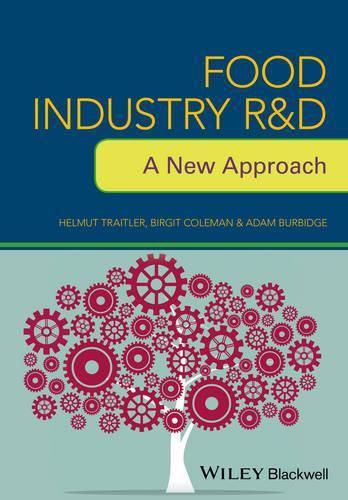Readings Newsletter
Become a Readings Member to make your shopping experience even easier.
Sign in or sign up for free!
You’re not far away from qualifying for FREE standard shipping within Australia
You’ve qualified for FREE standard shipping within Australia
The cart is loading…






Research and development represents a vast spread of topics and can be an arena for controversy. In academia, such controversy may stem from conflicting interpretations of data and subsequent conclusions, the question of who was first to discover a particular finding and whether or not the said finding is of any value to the scientific community. R&D in corporate environments is mostly defined and driven by costs and clearly identified, consumer-focused targets. There is, however, common ground between these two approaches as both strive to maximize knowledge, though for different reasons and in differnt ways. The equipment and scientific rigor may be similar or identical, however their usage, approach and interpretation are different.
This book discusses the history and background of today’s food industry R&D as seen by consumers, academia and the industry itself, with several chapters dedicated to new and disruptive approaches. A must-read for all professionals in the packaged goods industry as well as students who aspire to contribute to this new industry, forcefully driven by R&D.
$9.00 standard shipping within Australia
FREE standard shipping within Australia for orders over $100.00
Express & International shipping calculated at checkout
Research and development represents a vast spread of topics and can be an arena for controversy. In academia, such controversy may stem from conflicting interpretations of data and subsequent conclusions, the question of who was first to discover a particular finding and whether or not the said finding is of any value to the scientific community. R&D in corporate environments is mostly defined and driven by costs and clearly identified, consumer-focused targets. There is, however, common ground between these two approaches as both strive to maximize knowledge, though for different reasons and in differnt ways. The equipment and scientific rigor may be similar or identical, however their usage, approach and interpretation are different.
This book discusses the history and background of today’s food industry R&D as seen by consumers, academia and the industry itself, with several chapters dedicated to new and disruptive approaches. A must-read for all professionals in the packaged goods industry as well as students who aspire to contribute to this new industry, forcefully driven by R&D.